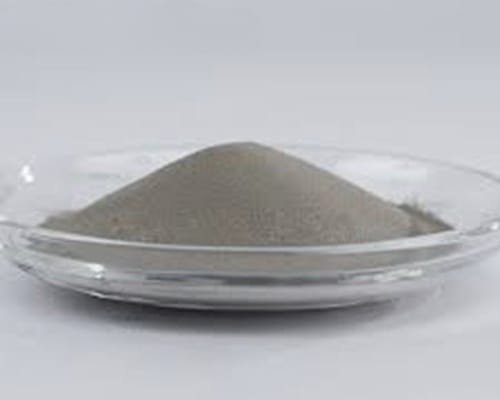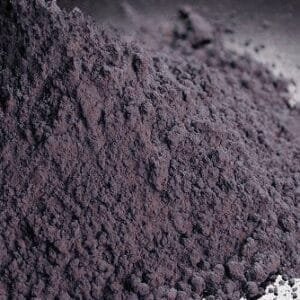Overview of Rene 88DT Alloy Powder
Rene 88DT Alloy Powder is engineered to enhance damage tolerance compared to its predecessor, Rene’ 95, as indicated by the “DT” designation. This alloy boasts improved resistance to creep and fatigue crack growth. It is exclusively produced using powder metallurgy techniques, ensuring precise control over its properties. The standard heat treatment for Rene 88DT involves:
- Super-Solvus Solution: 1 hour at 1150°C (2100°F), followed by a delayed oil quench.
- Aging: 8 hours at 760°C (1400°F).
This process results in a fine grain structure due to powder metallurgy consolidation, with a duplex distribution of grain sizes. Coarser grains form during the cooling phase from the super-solvus solution, while finer grains develop during the aging process. Rene 88DT is primarily used in disk applications within advanced General Electric Co. engines.
Specifications of Rene 88DT Alloy Powder
| Product Name | Rene 88DT Alloy Powder |
| Alloy Grade | FGH 4096 |
| Related Grades | Rene 88DT |
| Composition | C 0.02-0.05 Cr 15-16.5 Co 12.5-13.5 W 3.8-4.2 Mo 3.8-4.2 Al 2.0-2.4 Ti 3.5-3.9 Fe 0.5 max Ni BalNb 0.6-1.0 Ta 0.02max B 0.006-0.015 Zr 0.025-0.05 Ce 0.005-0.01 Si 0.2max Mn 0.15max P 0.015max S 0.015max |
| Size Grades | -105+45micron -53+15micron |
| ASTM | / |
| AMS Specification | / |
Applications and Benefits
Rene 88DT Alloy Powder is highly stable, making it suitable for prolonged use at temperatures up to 650°C (1200°F). Its enhanced properties stem from its high content and minimal positive mismatch, resulting in fine, coherent precipitation. The super-solvus annealing practice utilized ensures the removal of large sub-solvus phases, which are known to promote crack nucleation and disrupt the formation of serrated grain boundaries. Consequently, Rene 88DT’s microstructure lacks primary sub-solvus phases, with secondary and tertiary phases forming predominantly during aging.
This alloy’s unique characteristics and processing methods make it ideal for demanding applications, particularly in advanced turbine engines where high performance and reliability are critical.





Reviews
There are no reviews yet.